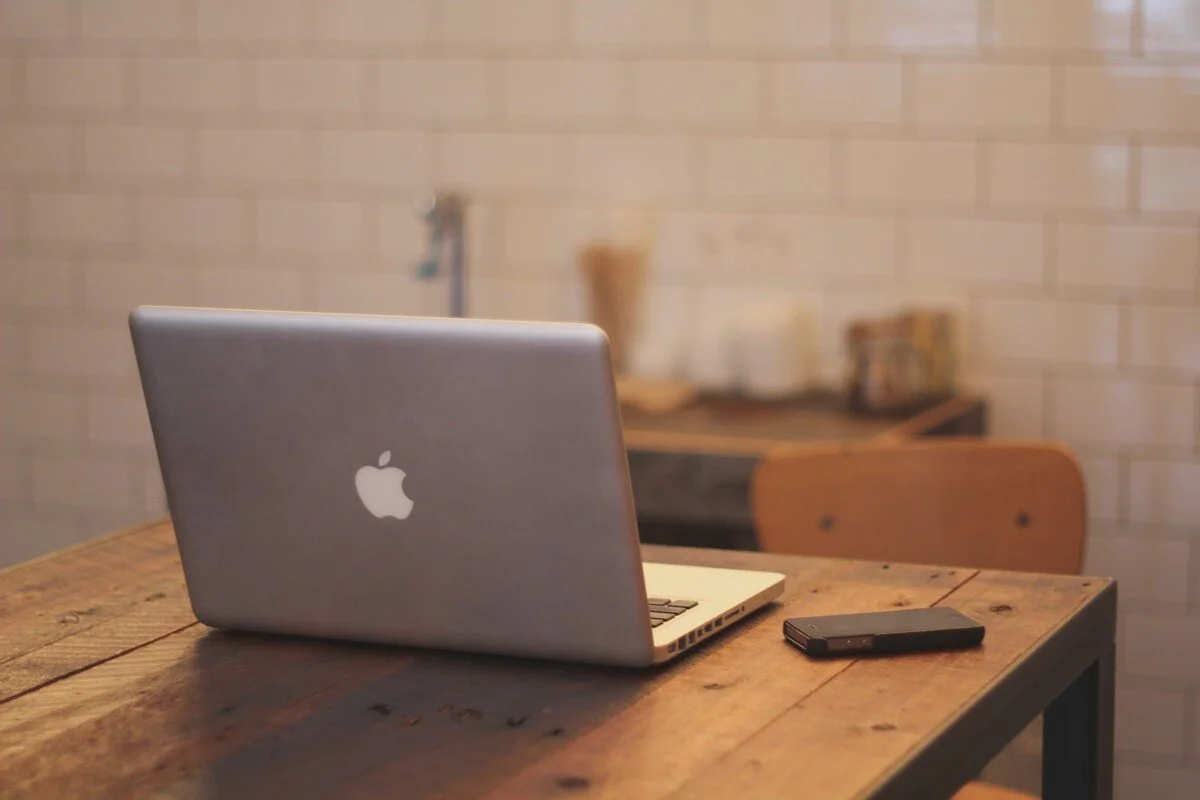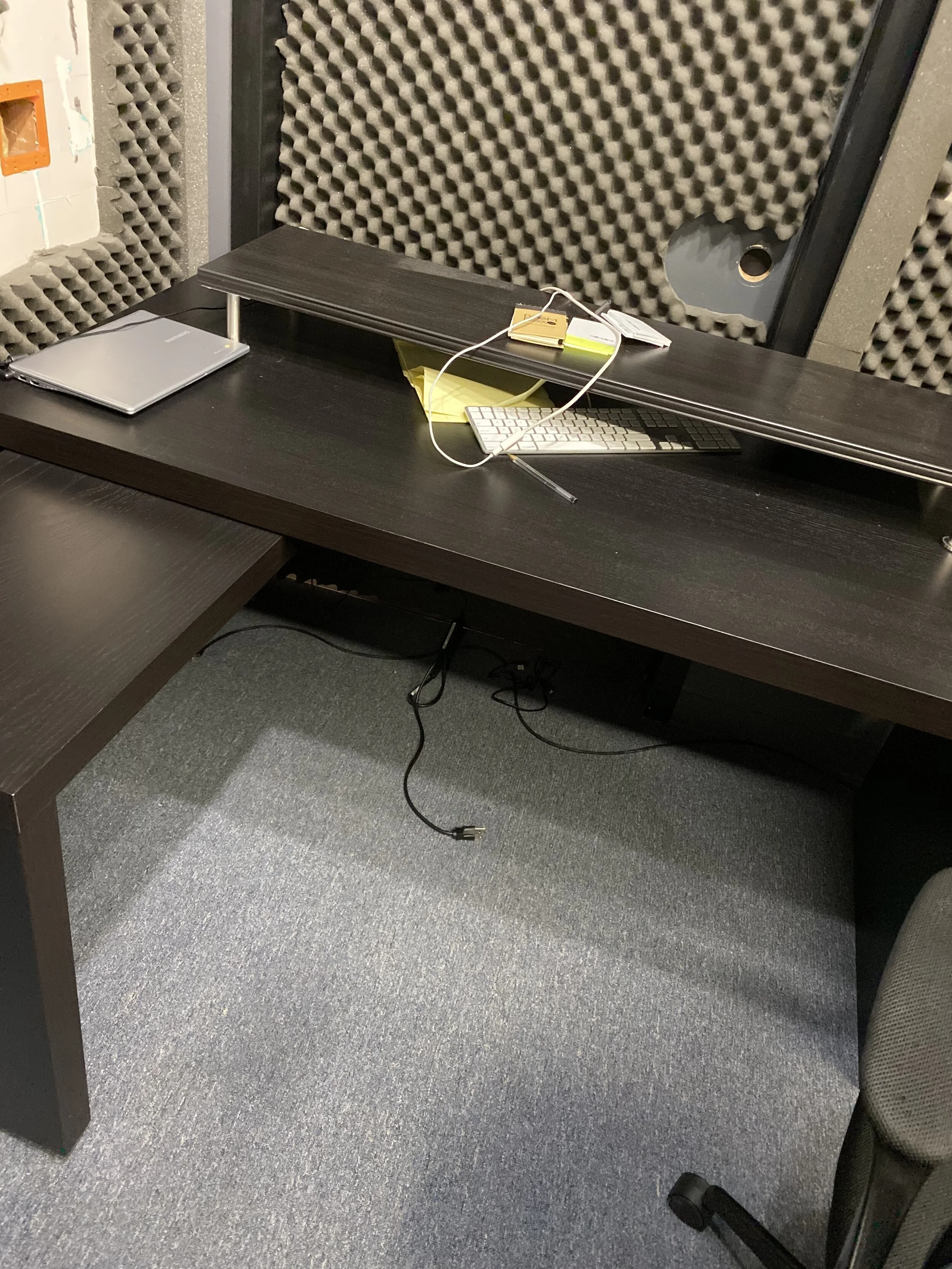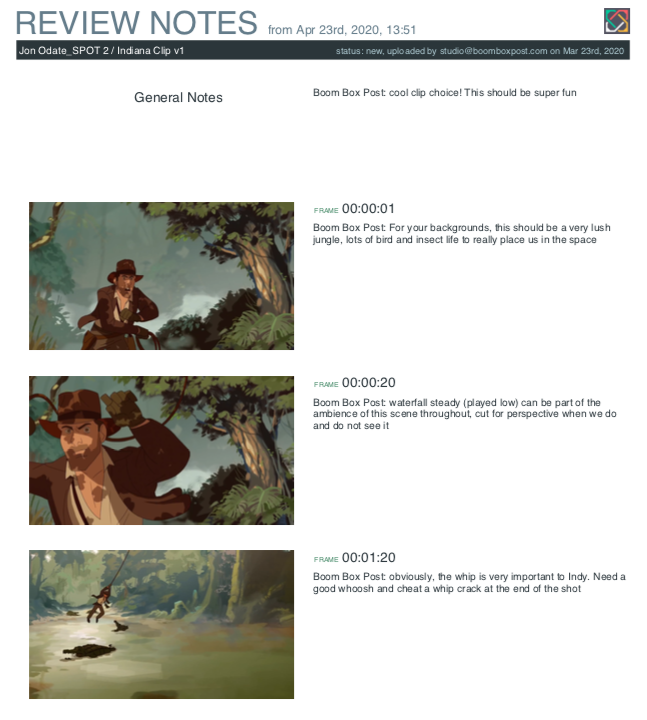WRITTEN BY JEFF SHIFFMAN, CO-OWNER OF BOOM BOX POST
We recently received a request to write a post on how we’ve been dealing with the global pandemic. While I am a bit worried our audience may be exhausted by COVID-19 coverage, I think it’s important to share our experience in this time with one another. With that in mind, I hope this post brings some information your way about work from home workflows as well as our unique perspective as a boutique post production studio dealing with the crisis. I’m also hoping it may spark some new conversation about how we are all working in a creative, collaborative field while isolated from one another. So let’s dive in!
Since starting the studio, Kate and I have tried to have as many editors work in-house as possible. We love having our team interacting with one another every day. Great for creativity, tough in this crisis. We had a challenge on our hands sending everyone home.
When it became very apparent that the COVID-19 crisis was getting series (around mid-March) Kate and I started to formulate a plan to transform Boom Box Post into a remote studio over multiple phases; each phase triggered by differing levels of danger. Preparing for the worst (full stay at home orders) just in case. Oh what a simpler time!
CREATING A REMOTE STUDIO
Phase 1 - Sending our EditorS HOME
I started by visiting every editor to audit what kind of equipment each had at home. Results ranged for fully able to work from home to having no gear at all. With this information, I was able to create an individual checklist for each staff member, down to the cables, of what they would be taking home from the studio.
At this point we decided to send all non client-facing staff home for their own safety. It was a bit chaotic loading up cars with gear but everyone was in remarkably good spirits.
Phase 2 - Sending Our Client-Facing Staff HOME
Very quickly it became obvious that our clients were no longer going to be able to come by the studio for in-person reviews. In the span of 24 hours, we heard from all the major studios that staff would either be sent home or isolated to only their corporate workspaces. It was at this point we decided to send Brad Meyer, Lead Sound Editor and Tess Fournier, Supervising Sound Editor home as well. We also worked out a VPN remote control system for media management and were able to send Sam Busekrus our Assistant Editor/Office Manager home.
Phase 3 - Everybody Goes Home
On March 19th, California issued the “Safer at Home” order and it was time to send home the last holdouts (myself included). Having been over a decade since I worked from home, I needed to set up shop from scratch. My kids moved together into one room, my son’s former bedroom becoming my home studio. I packed up every piece of gear into my car, even a desk and chair! The studio was officially empty as of Friday, March 20th.
After almost six years of building Boom Box Post from the ground up, this is something completely different.
Re-Recording mixer Jacob Cook and I still go in about once a week to mix alone on our stage. I have to be honest, going into an empty studio that was so vibrant only a month prior is very odd. With each room stripped of all gear, devoid of our amazing staff, it’s a shell of what it once was. Will we be able to bounce back just a quickly as we sent everyone home? For sure! But for now, it’s still very sad for me.
TECHNICAL SOLUTIONS
SyncSketch Notes PDF with thumbnails
Getting everyone working at home was a challenge but even more importantly, we needed solutions that would work well for our clients. After all, we needed to show we could continue to do great work with client direction even in this new setting. After extensive testing, here are some of the strategies and tools we settled on. Note: we are in no way paid to endorse any products.
SyncSketch
The big hero of the pandemic for us has been the remote review platform SyncSketch. With this web-based program, we are able to upload client videos which can then be reviewed either individually or in sync as a team, leaving timecode specific notes tagged with the reviewer’s name. Once complete, notes can be downloaded as a PDF with thumbnails of the shots being referenced. It’s as simple as watching back a Quicktime but without the mess of typing out timecode and organizing them into an email thread. This alternative to attempting ‘live’ reviews over a video conferencing solution has proven to be the most effective since the quality and playback remain rock solid. All it requires is rendering our mixes to quicktime and setting up review timelines and deadlines with our clients. We have used SyncSketch for spotting and previewing sessions, ADR calling and final mix reviews. Best of all, SyncSketch employs the highest level of security, so clients know their data is safe. After introducing SyncSketch to our clients, a number of them implemented it internally for their own production use.
UPS Battery Backups
In the early days of the California “Safer at Home” declaration, I didn’t know what kind of access we would have to the office. Our server is the heart of our business, all media coming and going from this central location. I ran out to Best Buy and bought the two largest battery back up units in stock. Advertised as giving us about two full hours of power backup, I figured this could buy us some time in a power outage for this critical part of our infrastructure.
ETHERNET CABLE
Building CAT-5 cable is a very specific skill. Lucky for me, I wired multiple houses in college with ethernet (it was the early 2ooo’s and rental homes in Bloomington, Indiana weren’t coming pre-wired back then). As it turns out, home wifi isn’t necessarily going to cut it when our editors need the ability to download very large files in short time frames. I spent quite some time on the floor of my office creating very long custom cables (the biggest was 40 feet!) so that our team could wire up directly to their routers.
Zoom Conferencing
Zoom seems to have gotten the lock on conferencing for this crisis. And it’s no wonder why. In my testing it’s clearly the most stable. When a session has required ‘face to face’ interaction, we’ve turned to Zoom.
Security
While we have the majority of our staff in the office, we did already have a few editors working from home. This proved very beneficial as we had already put in place stringent remote work security protocols which we simply had to apply to our new work from home staff.
FOR MORE DETAILS…
In the midst of all our work from home prep, I was so proud of our team’s resilience that I tweeted about it. This caught the attention of Teresa Morrow, co-host of the Tonebenders podcast. They reached out to ask if we could participate in a roundtable discussion on how we were handling the crisis. You can listen to Kate and I recount our experience in detail in this surprisingly fun (given the subject matter) conversation.
COVID-19 has stretched the very idea of adversity in business for us. That said, I’m doing my best to focus on the positive here. Who knows what kind of efficiency changes will come our of this crisis? I’ve been keeping a running list of post-COVID to-dos, a lot of which are going to be improvements. I try very hard to be grateful, but I think this change of pace has still shown me how much we have in this studio and this incredibly talented team of sound pros. It’s easy to get caught up in the day to day operations and lose sight of the amazing work happening around us. I know that when we return to the office, things are going to be quite different. It’s my hope that I’ll appreciate our shared creativity even more once Boom Box Post is under one roof again.
Stay safe out there.
Coming up… Part 2 of this post, where Kate covers life after we’ve all settled into this new normal.








